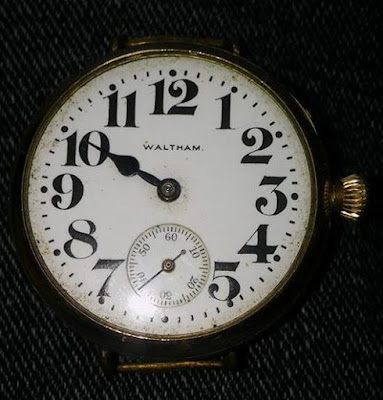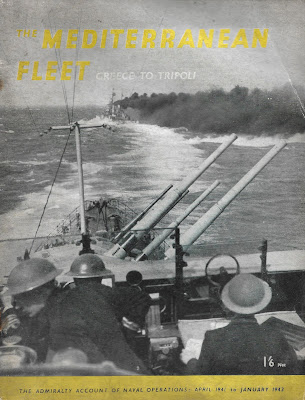This is the view into Chorlton in 1961, and it is one of those rare photographs from the middle decades of the last century of where we live.
I say rare because while we have heaps of images taken between the late 1880s into the 1940s, similar scenes in the post war period are much harder to come across.There will be plenty of reasons for this. Chief amongst these is the demise of the commercial photographers who recorded iconic local landmarks and sold them on to picture postcard companies, while also doing a nice trade in selling pictures of individual streets and houses to residents.
To this can be added the arrival of the cheap camera, designed to take snaps. But the snaps don’t often make it out into the public domain, and most have now been lost.
In some cases, they have been consigned to a photo album which with the passage of half a century or more is forgotten, or worse become the contents of bin liners consigned to the tip.
And today the practice of photographing “the moment” with you phone means that moment never gets beyond the mobile and rarely makes it to the “cloud”. Either they are dependent on the technology not being updated or the owner deleting it forever.All of which takes me back to this 1961 picture which John Anthony tells me was taken “by my brother Keith from Brantingham Road bridge looking towards Manchester Road.
The second was taken by me and in my picture and is also from Brantingham Road. In mine there is some camera shake, but I like the detail of the telephone exchange yard.
The fence (right) which was several steel wires on concrete posts with intermediate braces. Chorlton Baths in on the left. The light patch was the telephone exchange yard”.
In 1961 Chorlton Railway Station was still open offering a quick train service into Central Railway Station or out into Derbyshire and beyond, via Didsbury.It is a scene which has yet to fade from living memory, but it would be nice to have more pictures of Chorlton in the 1950s into the 21st century which could compliment those on Manchester Library’s Digital Local Collection.*
The Library's collection of Chorlton images is large, but they are regularly plundered and posted on social network, but sadly are not accompanied by a date, a credit or an explanation of their significance.
Leaving me just to thank Tony who regular comments on the Chorlton stories and on occasion corrects my mistakes as well adding details of places and events.
Location; Chorlton
Pictures; the railway line in Chorlton, 1961, from the pictures of Keith and Tony Hewitt.
*Manchester Libraries, Information and Archives, Manchester City Council, http://images.manchester.gov.uk/index.php?session=pass






































.jpg)










.jpeg)



